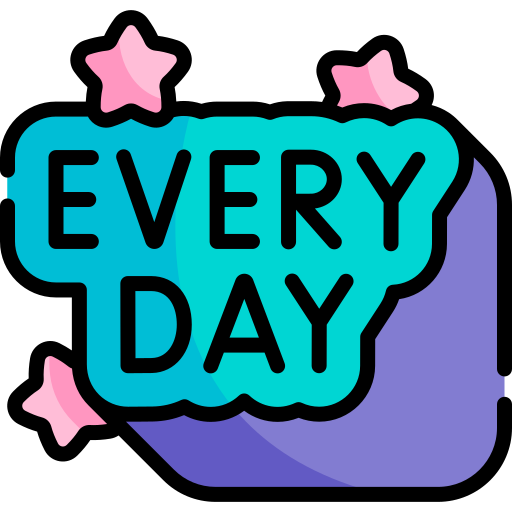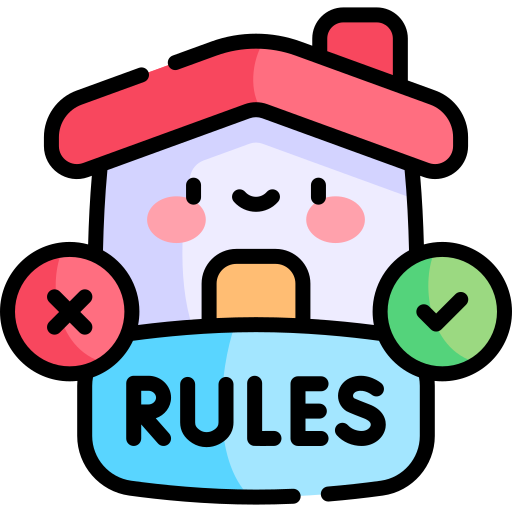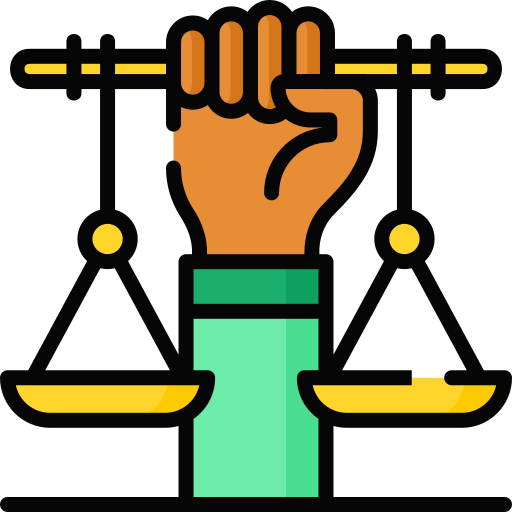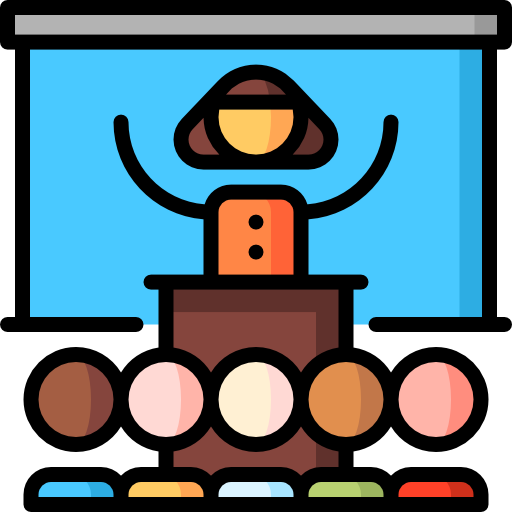
This logo isn't an ad or affiliate link. It's an organization that shares in our mission, and empowered the authors to share their insights in Byte form.
Rumie vets Bytes for compliance with our
Standards.
The organization is responsible for the completeness and reliability of the content.
Learn more
about how Rumie works with partners.
Classroom management can be challenging when dealing with student personalities, juggling teacher responsibilities, and keeping things running smoothly. Having a solid classroom management plan can ease these challenges.
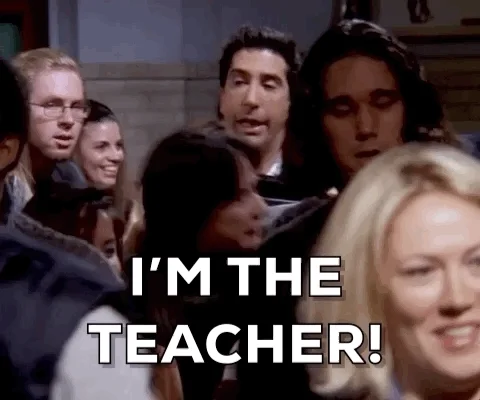
Classroom management plans are like any other plans — they provide rules, procedures, and guidelines for being proactive and organized. In the classroom, they address specific issues like student behavior and how to achieve classroom goals and expectations.
Classroom management plans will serve to keep the classroom in order and running routinely. Students will know what is expected of them and how they should behave.
Establish Routines & Expectations
Think about eating at your favorite restaurant. You walk in, wait to be seated, order from a menu, then enjoy your meal.
A classroom should be the same way. Students walk in, take their seats, get started on assignments, and then enjoy learning something new. Routines and expectations help to achieve this!
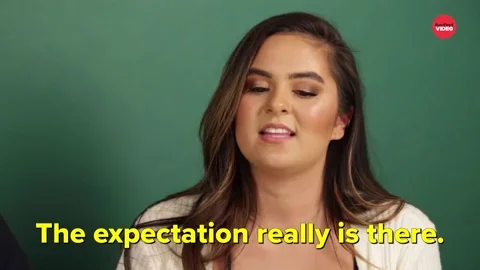
Routines are the procedures or tasks you'll perform daily that will become commonplace. Consider your own morning or afternoon routine — those sets of things that you do to begin and end your day. These routines help you get things done.
Expectations are the non-negotiable set of rules that govern student behaviors. Your routines and expectations should be specific to the age group and grade level you teach.
Examples of Routines
Begin with listing the things you want students to do
List must-have classroom routines:
Entering/exiting your room
Beginning/Ending class/period
Seating arrangements
Taking attendance
Being excused from class
Transitioning between activities
Getting/turning in assignments
Movement of papers
Examples of Expectations
Begin with your school's rules and expectations
List must-have classroom expectations:
Being prepared for class
Classroom behaviors
Entertaining visitors
Cell phones and devices
Consequences for behaviors
Quiz
Which of the following are considered expectations? Select all that apply.
Expectations are the desired behaviors we want everyone to exhibit, such as being kind to others. Rules are the things we should or should not do, such as being prepared for class.
Create Actionable Consequences
Consequences are the results of someone's choices. Every action will result in some consequence, which can be positive or negative depending on the action. Consequences shouldn't be thought of as punishments, but rather as the outcome of a choice and they should be actionable.
 Photo by Bradyn Trollip on Unsplash
Photo by Bradyn Trollip on UnsplashActionable consequences are a system of negative outcomes that prevent unacceptable behaviors. A better term might be reinforcements. Your goal is to reinforce the positive behaviors while diminishing the negative behaviors.
Consider your routines and expectations when creating actionable consequences. You need a plan in place when your routines and expectations aren't met.
Consequences come in 3 types:
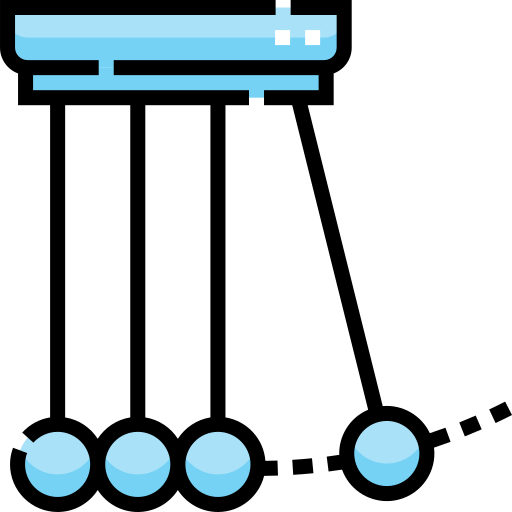
Natural — occurs as an obvious result
Leaning back in a chair leads to falling over.
The cap is left off of a marker, then the marker dries out.

Logical — occurs as a structured choice
Misuse of technology results in loss of tech privileges.
Homework is turned in incomplete and a failing grade results.

Problem-solving — occurs as the motivation to be part of a solution
A student breaks a rule and has to choose how to fix it.
A student hurts the feelings of another and has to make restitution.
Restorative Justice
Student breaks it, student fixes it
Practicing the correct way to do something
Giving time back that was misused in class
Completing an action plan questionnaire
Negative Consequences
Loss of a reward
Moving seats
Parental involvement
Immediate re-do
Classroom management plans should fit with the age group and grade level of the students you will manage.
For example, an elementary student may not be able to complete an action plan questionnaire due to not being able to write yet. They may, however, be able to draw pictures!
Practice Procedures
Procedures are no good unless they are practiced and consistent! Remember that procedures are concerned with how things get done.
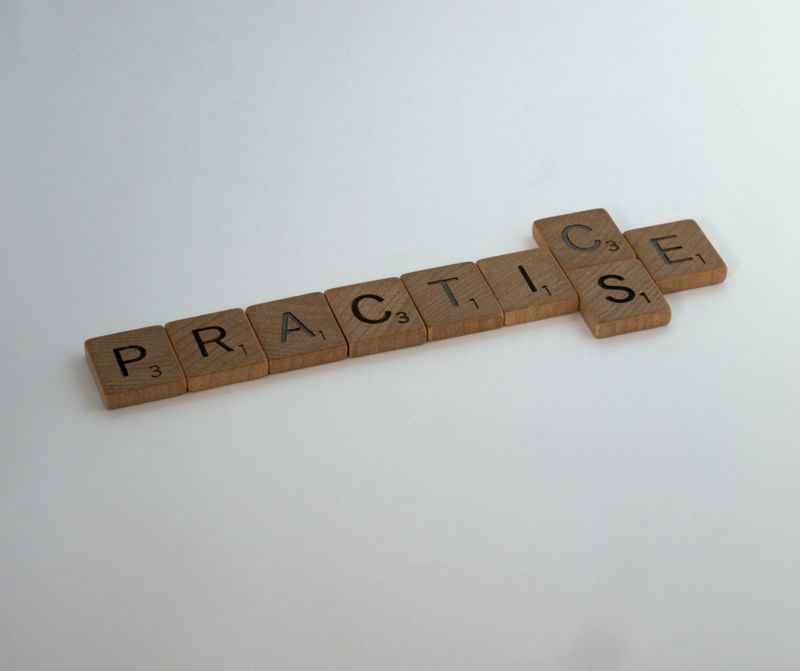 Photo by Brett Jordan on Unsplash
Photo by Brett Jordan on UnsplashWhen we open a combination lock, we follow a procedure — begin at zero, turn left with so many clicks, turn right with so many clicks, and the lock opens. Classroom procedures should be similar — enter class, go to assigned seat, begin bell work, etc.
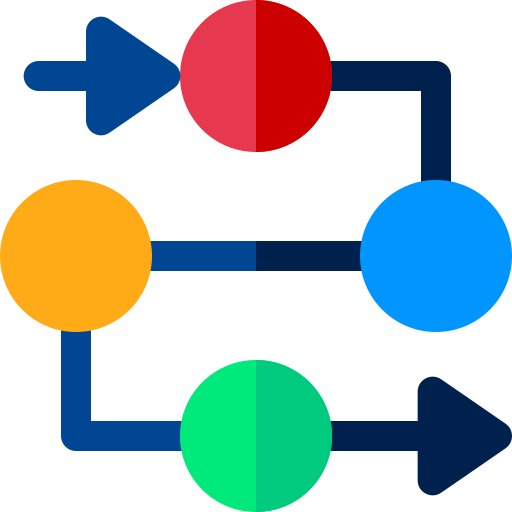 Practicing Procedures:
Practicing Procedures:
Revisit your set of routines.
Create a step-by-step list of how you want each thing done.
Teach these steps to your students from day one of school.
Rehearse and practice these steps correcting and adjusting behaviors as needed.
Reinforce these steps until they become a habit.
Quiz
Which of these things needs to be practiced to be become a procedure? Select all that apply:
Procedures explain to students how you want something done. How do you want students to exit when the bell rings? What should students do with their cell phones and other devices? When they're absent or in-school suspension, how should they get assignments? These are questions you want to have an answer for they arise to minimize confusion and chaos! Completing assignments may vary from one assignment to another and therefore would need explicit instructions. The same applies to what happens when misbehavior occurs — each misbehavior may be acted upon differently.
Take Action
Classroom management plans help prevent misbehaviors before they start. Establish your plans for differing grade levels:
This Byte has been authored by
Wendy McMillian
Learning Designer
B.S., M.A.T.
